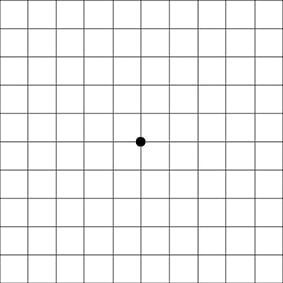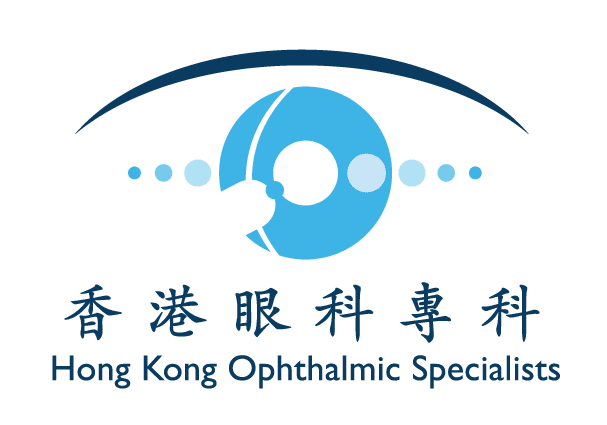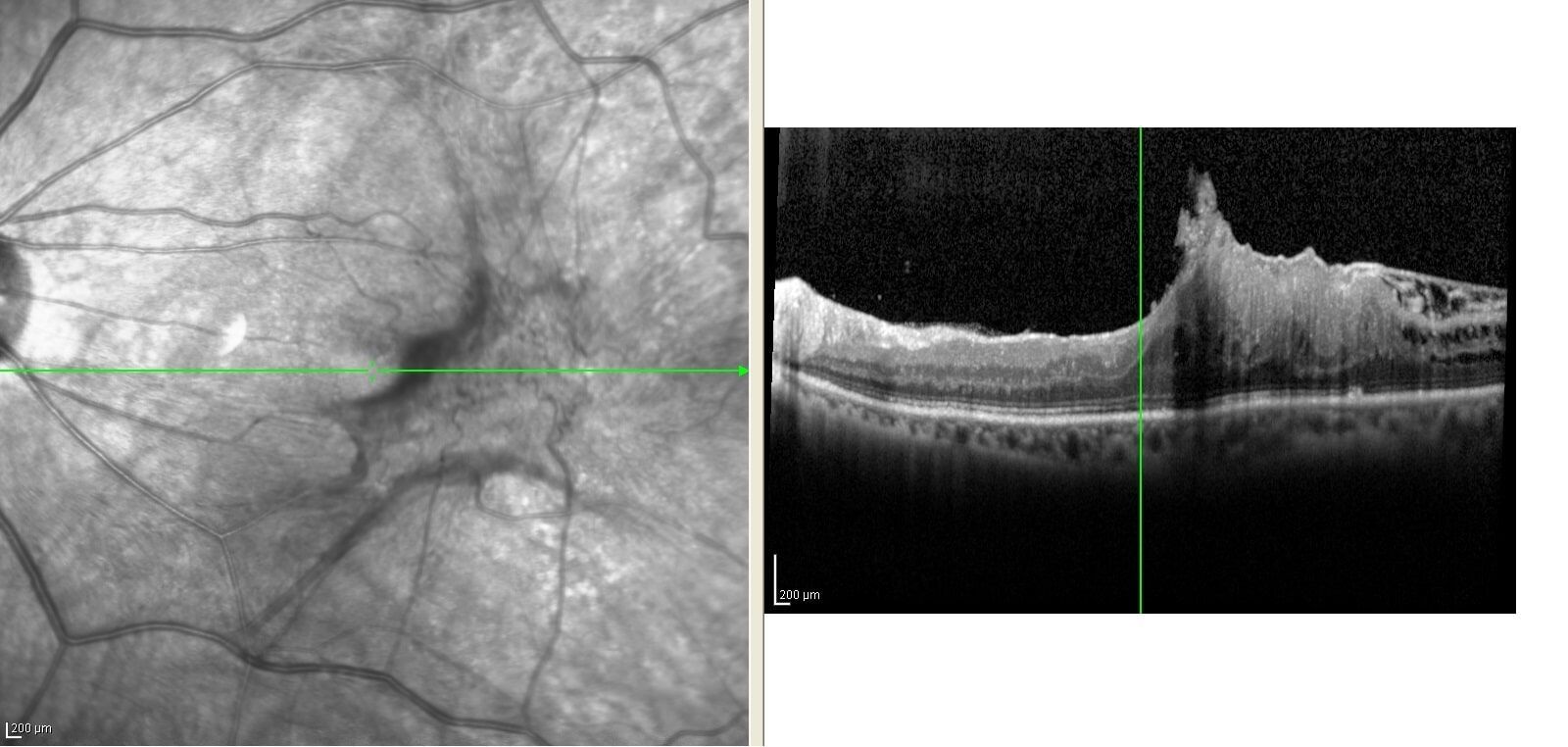Maculopathy
1) What is macula?
Macula refer to the central part of retina that is vital for clear central vision. It has a very high concentration of photoreceptors. As photoreceptors are devoid of self regenerating ability, any disease affecting the central macula could potentially be leading to irreversible visual loss.
2) Common maculopathies
i) Age related macular degeneration ( Wet/ Dry)
ii) Central serous chorioretinopathy
iii) Myopic choroidal neovascularization
iv) Macular edema secondary to diabetic retinopathy, central or branched retinal vein occlusion
v) Epiretinal membrane
vi) Macular hole
*The above list is not exclusive to all maculopathy
3) Symptoms of maculopathy
Common symptoms include sudden loss of central vision, metamorphopsia, scotoma (central area of relative or complete darkness). Some patients also present to an ophthalmologist with unrelated symptoms.
4) Who are at risk?
Patient with positive family history, high myopia > -6 dioptre, chronic smoker, chronic medical condition including high blood pressure, lipid and diabetes are at risk.
5) How could maculopathy be diagnosed
It includes basic visual acuity test, eye pressure, slit lamp and dilated fundal examination.You will feel blurry, photophobia, halo and glare for few hours.
When clinically indicated, further imaging includes Optical Coherence Tomography (OCT), Fundus Fluorescence Angiography (FFA) and Indocyanide green angiography (ICG) will be done to confirm diagnosis and serve as guidance for plan of treatment.
6) Treatment options
Common treatment modalities for macula disease include
i) Intravitreal injection (anti-Vascular Endovascular Growth Factor / steroid)
ii) Photodynamic therapy (PDT)
iII) Pars plana vitrectomy
7) Follow up
Regular self monitoring of central vision by Amsler chart is essential for early detection and prompt treatment of macular problems. Patients with maculopathy with treatment need regular eye check for any potential recurrences of disease.
8) Healthy lifestyle
To reduce your risk of maculopathy, healthy lifestyle like stop smoking, exercise, diet with adequate veggies and fiber, good control of high blood pressure, glucose and lipid are all essential. Your doctor might also prescribe you oral vitamin supplements to reduce risk of wet age related macular degeneration.
Self Monitoring of macular disease by Amsler Chart

Steps:
- Put the chart in front of your eye about 30cm under even bright light
- Please put on glasses for any refractive error
- Cover your left eye and concentrate your right eye vision on the central black spot
- Repeat Step 1-3 for the other eye.
Please go to see eye doctor if any distortion or obscuration of the lines




